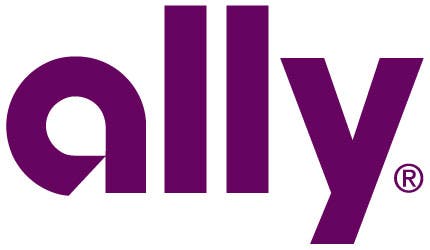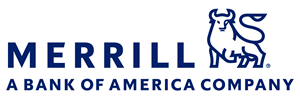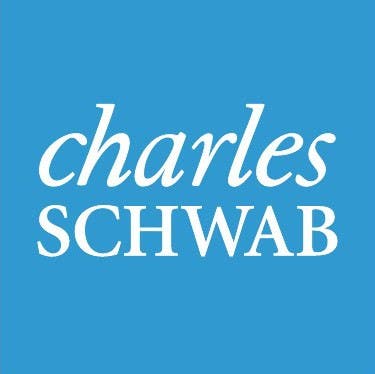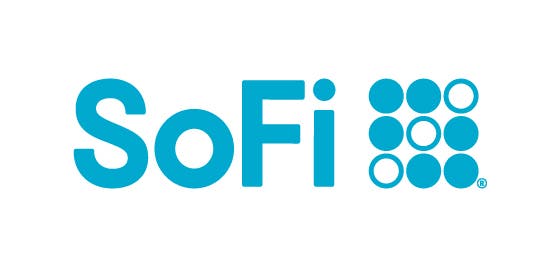Fidelity Investments review 2025
The Bankrate promise
At Bankrate we strive to help you make smarter financial decisions. While we adhere to strict , this post may contain references to products from our partners. Here's an explanation for .
Year in and year out, Fidelity Investments is consistently one of the best brokers in the industry, and it’s easy to see why. Customers get low-cost trading, top-notch research and educational resources, strong customer experience, no account fees and more. Fidelity is a good choice for just about any investor, but beginners and long-term investors will appreciate the fractional shares program and thousands of no-transaction-fee mutual funds.
You’ll also get an easy-to-use mobile app and customer support that is available 24/7, a key feature when you need it. More advanced traders will appreciate the broker’s Active Trader Pro platform that allows for a customized experience.
Fidelity was named the best overall broker, best broker for beginners and best broker for retirement investing in the 2025 Bankrate Awards.
If you want to compare brokers before choosing one that’s best for you, also consider Charles Schwab and Interactive Brokers, two of the other industry leaders. If you’re a Bank of America customer and want to consolidate your financial life, you may want to look into Merrill Edge.
Overview of Fidelity

Overview
Fidelity is consistently one of the best brokers in the industry, offering customers low-cost trading, top-notch research and educational resources, great customer service and more.
- Overall experience
- Beginning investors
- Customer support
Pros: Where Fidelity stands out
Commissions
Although Fidelity offers the rock-bottom of commission prices in the industry, it doesn’t offer rock-bottom features, which is not the usual trade-off if you care only about costs. At Fidelity, you’ll pay $0 for stock and ETF trades — for a high level of features, including all of its research and educational offerings as well as a wealth of trading tools. Fidelity’s commission is competitive with other top brokers such as Charles Schwab and Merrill Edge.
For options, Fidelity charges a figure that’s in line with much of the industry, $0.65 per contract. Admittedly, that’s not free, as at Robinhood or Webull, but you’ll get more for your money here.
Account fees, account types and no minimum
If you’re looking to minimize all those “nickel and dime” fees that brokers often bombard you with, you could hardly do better than Fidelity. The broker charges no fee for the standard categories — including account or activity fees and transfer-out fees — as well as some of the obscure ones such as the IRA closeout and reorganization fees. Some brokers charge as much as $125 to transfer out your account, and even top broker Charles Schwab still hits you for $50 for a full transfer out. But Fidelity? Zip. Maybe they’re confident you’re going to stick around.
And if you pay bills from your brokerage account, Fidelity doesn’t charge for typical bank fees either. These include stop-payment fees or ATM fees. Fidelity is incredibly investor-friendly. On top of all of this, the broker has no account minimum, so it’s easy to get started, too.
Clients can trade stocks, ETFs, mutual funds, bonds and options at Fidelity — and the broker has almost any account type imaginable. That includes individual and joint accounts, business accounts (SEP IRA and solo 401(k)), health savings accounts, 529 education savings plans and many more.
If you’d prefer the broker to manage your portfolio, you can set up your account with Fidelity Go, the company’s robo-advisor service. It’s a solid pick for cost-conscious and beginning investors.
Mutual funds
Fidelity performs great in this area, and it offers customers two investor-friendly ways to play mutual funds.
Fractional shares
Fidelity offers a fractional share purchase program called Stocks by the Slice, which allows you to buy partial shares for as little as $1. You’re able to buy shares in more than 7,000 stocks and ETFs for the same no-cost commission that you’re used to, and you can reinvest any dividends into fractional shares as well, making your money maximally effective.
This wide selection of securities for the program distinguishes it from Schwab’s similar offering, where you’ll be limited to the 500 or so stocks in the Standard & Poor’s 500. Where Fidelity could take a cue from Schwab, however, is the latter’s less tedious order entry ticket. At Fidelity, you’ll need to enter each order separately rather than as a batch order as you would at Schwab.
Research and education
Fidelity offers an extensive lineup of research and education resources for investors of every level. Even if you’re not yet a customer, you can check them out for free to see if you like them.
Research: There is a vast amount of valuable information available on the Fidelity site. Go to the page for an individual stock and you can receive financial data, competitor analysis, news and reports on individual stocks from a variety of third-party research companies including Argus, Thomson Reuters, S&P Global, Zacks, and many others.
You’ll also have access to SEC filings and a variety of sources of market commentary. And you’ll find further reports on ETFs. Really, the resources go on and on, and with the clean layout you’ll have no problems finding what you’re looking for.
Fidelity’s low fees and research capabilities are two of the reasons investors are often happy to hold multiple accounts with the firm. “I've been using Fidelity for decades and have 6 accounts with them,” says a Reddit user who says they’re a Fidelity client. “There are no trading fees, they keep track of all my stock details and the research area is vast and well-organized.”
Bankrate staff insights
Where did this quote come from?
Our focus at Bankrate is on delivering accurate content and the right context for making well-informed financial decisions.
We gather real quotes from real people through surveys, interviews, and testimonials from consumers like you who have actual experience with these products. We then hand-pick what to feature to ensure credibility and relevance.
Education: You can get assistance on the basics of personal finance — budgeting, managing debt and saving — but it goes way beyond planning and advice. In Fidelity’s learning center, you can attend webinars or view recorded ones that detail almost any aspect of trading, options, funds and how to use the many tools Fidelity offers, such as Active Trader Pro. You’ll find the short courses ranked according to skill level, helping you progress as you gain mastery.
Tools
Fidelity site experience
Reddit user review
Where did this quote come from?
Our focus at Bankrate is on delivering accurate content and the right context for making well-informed financial decisions.
We gather real quotes from real people through surveys, interviews, and testimonials from consumers like you who have actual experience with these products. We then hand-pick what to feature to ensure credibility and relevance.
Mobile app
Fidelity’s mobile app doesn’t have a catchy name — Fidelity Mobile — but it can still help you get a lot done:
- Manage your individual and workplace accounts, and monitor your portfolio.
- Trade securities, including stocks, ETFs and mutual funds and those more complex options trades, too.
- Input trades for fractional shares.
- Pay bills, access tax forms and receive customizable alerts.
- Access a personalized feed of news based on the market and your holdings.
- Listen to Fidelity podcasts on finance and the economy.
In short, you’ll be able to get a high level of functionality from the mobile app. The app gets solid ratings on Google Play and even better scores on Apple’s App Store.
Cons: Where Fidelity could improve
Investment selection
Fidelity doesn’t offer trading on the more exotic products, such as futures and forex, though it does all the basics — stocks, ETFs, bonds, mutual funds and options. That array is probably going to suffice for more than 99 percent of investors. Are we splitting hairs here? Absolutely, but it’s worth knowing what the broker can and can’t do for you.
Fidelity also recently opened Fidelity Crypto, a separate account that allows you to trade the cryptocurrencies Bitcoin, Ethereum and Litecoin. Trading is commission-free, but pricing will include a 1 percent spread markup, meaning that the price you buy or sell crypto will effectively factor in that fee every time you make a trade. That’s a relatively hefty price to pay, given the low costs available at the best crypto exchanges and even Interactive Brokers.
If you want to trade more than those three cryptos, you’ll want to work with a specialty cryptocurrency exchange.
High margin rates
If you’re an active trader looking to use leverage to attempt to boost your returns, Fidelity’s margin rates are far from attractive. A margin balance of $25,000 pays a rate of about 12.1 percent as of May 2025. This compares to less than 6 percent at Robinhood and Interactive Brokers. If margin trading is a key feature for you, Fidelity is likely not the best choice.
Video Overview: How I Use Fidelity

All rates, features and offers shown in the media on this review were accurate at the time they were procured, but may have changed since recording. The content may also contain views and opinions that do not reflect those of Bankrate.

















